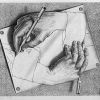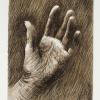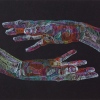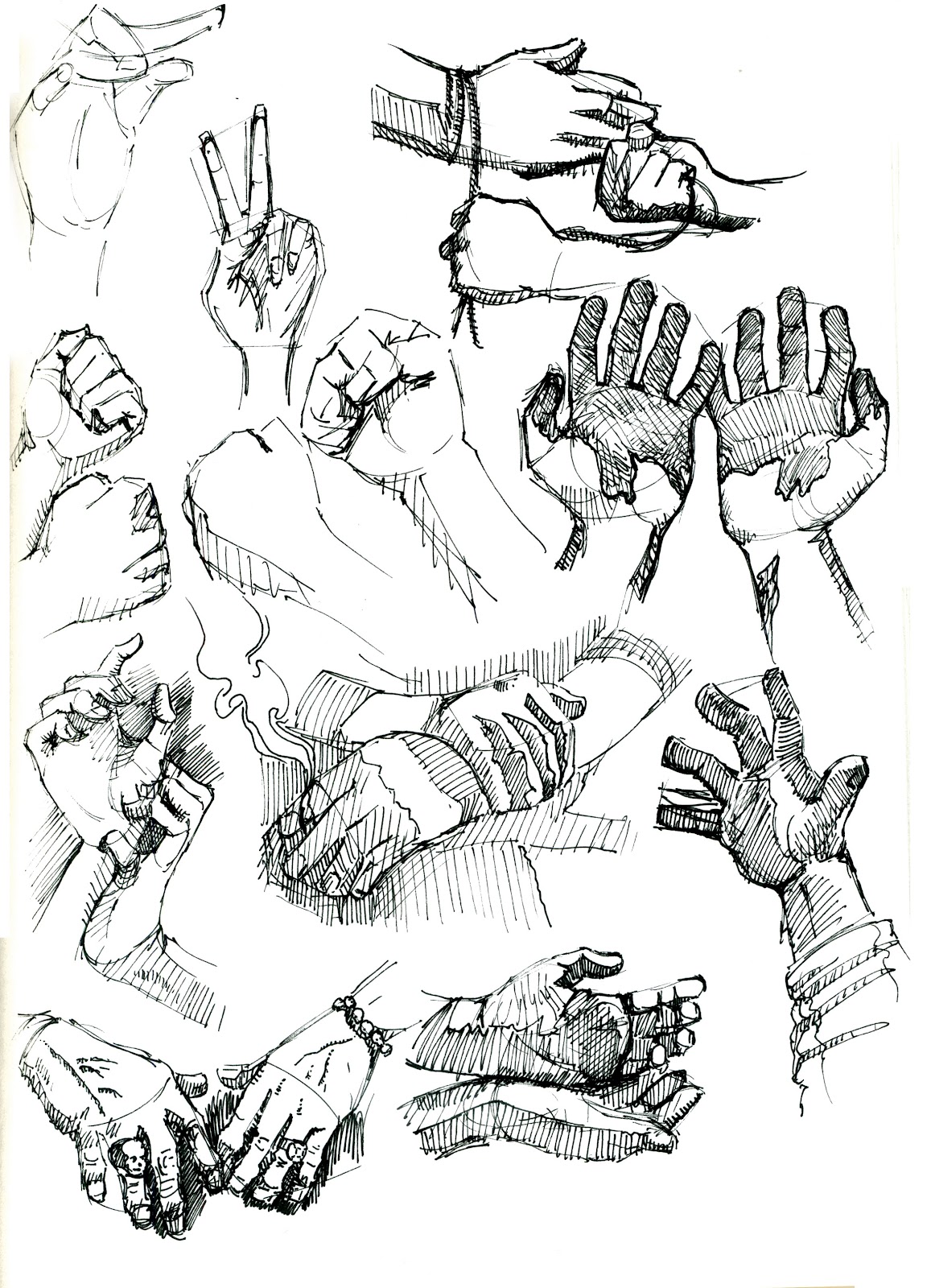A brief snapshot of hands in art from the Renaissance to today:
Henry Moore made the drawings of his own hands (shown above) when he was eighty-one and suffering from ill-health. “Hands can convey so much,” he said, “they can beg or refuse, take or give, be open or clenched, show content or anxiety. They can be young or old, beautiful or deformed.”
Moore saw these prints as belonging to a long tradition of fascination with hands as vehicles of expression: “Throughout the history of sculpture and painting one can find that artists have shown through the hands the feelings they wished to represent.”
Activity – Draw some hands!
- Draw your hand, from observation – find a comfortable but interesting position for your non-dominant hand (the one you don’t draw with), and spend lots of time looking at it while drawing it. Start with a loose sketch, and then build up the detail. Try to capture not just the shapes and lines, but also the light and shadows.
- Focused study on hands – draw many hands, in many positions. Use your own, ask other people to model for you, take photos, or find photos of hands to draw (important: draw from photographs of hands, not another artist’s drawings). Look for interesting poses and interesting lighting that creates contrast and shadow.
- Stretch – try working in different media, other than pencil. Try something other than sketching realism, like exaggeration (Egon Schiele’s hand, above), or interesting colour and line work (Lui Ferreyra’s pencil crayon hands, above). Try to capture emotion with hands (Henry Moore’s drawings, above). Make this into a project!


















